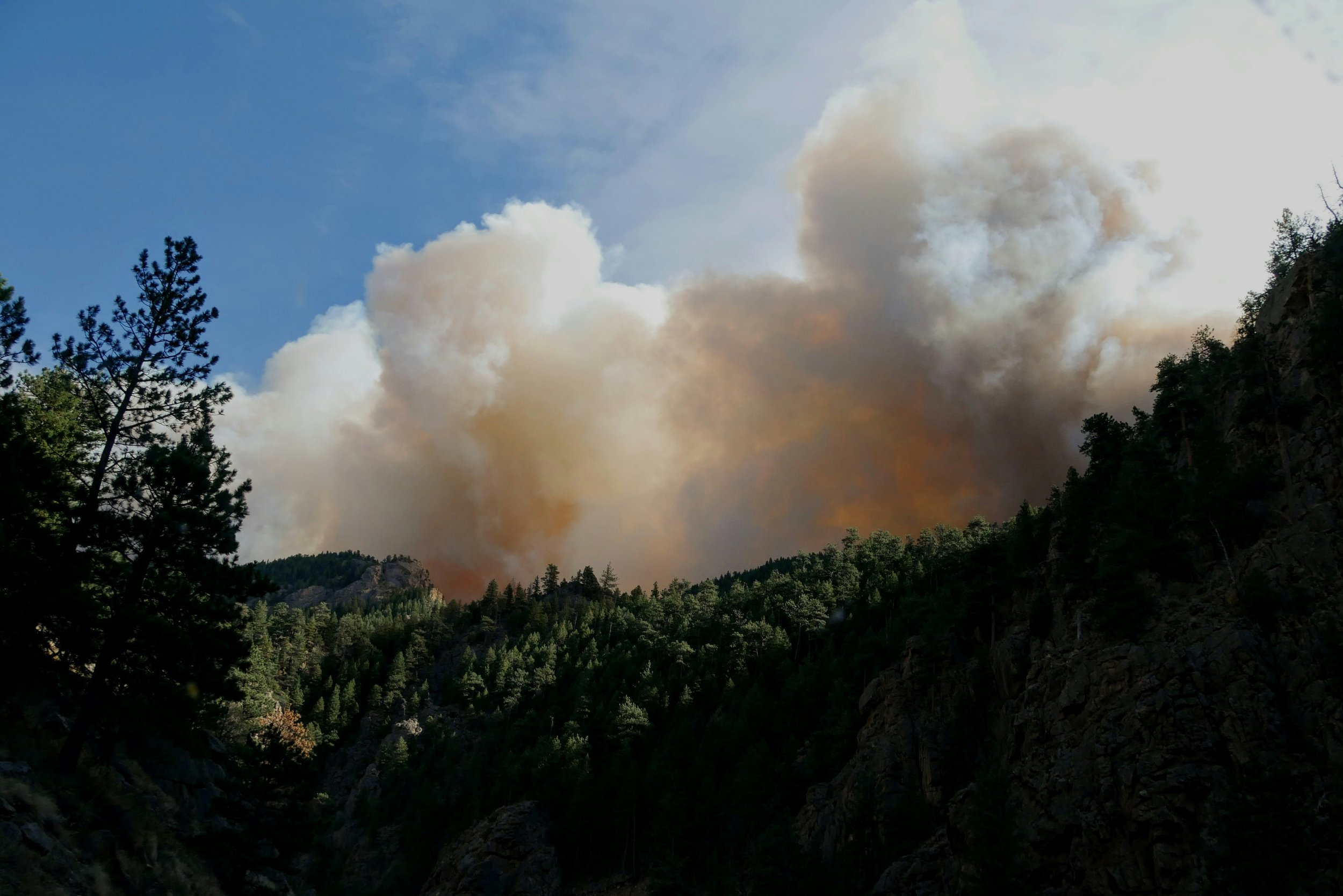
Forest Biomass Learning Network Resources
Forest Biomass Learning Network Webinar II - September 16, 2025
Webinar Recording & Presentation Slides
These presentations were generously shared by our guest experts. The ideas and materials reflect their own work and perspectives, and we’re including them here because they offer useful context for Tribal biomass and carbon conversations.
Thor Kallestad, Myno Carbon Corp. - Tribal Partnership Opportunty
View Slide Presentation
Michael Smith, Regenitech
View Slide Presentation
Forest Biomass Learning Network Webinar - July 9, 2025
Webinar Recording & Presentation Slides
These presentations were generously shared by our guest experts. The ideas and materials reflect their own work and perspectives, and we’re including them here because they offer useful context for Tribal biomass and carbon conversations.
-

Francesca Hillery, Partnerships for Tribal Carbon Solutions (a program of Global Ocean Health), IGGRC - Introduction to the Partnership
-

Ben Rubin, Carbon Business Council - Boosting Tribal Economies: Reaching Gigaton Scale Carbon Removal
-

Wil Burns, Institute for Responsible Carbon Removal at American University - Carbon Markets & CDR
-

Jeffrey Brown, Nature Focus - Forest Futures: Providing Indigenous Leadership with the Tools of Tomorrow
-

Ty Samson, Saelix Consulting - Biomass Burial 101
-

Bryan Van Stippen, National Indian Carbon Coalition
-

Allison Wolff - Vibrant Planet
Biomass & Carbon Removal
-

Growth in Demand for Biomass & Biomass Energy
-

Sustainable Biomass Sourcing Principles - Frontier
-

Biomass and land use in a decarbonizing U.S. economy - World Resources Institute
-

BiCRS: Biomass Carbon Removal & Storage - World Resources Institute & Carbon180
-

Woody Biomass Burial
Learn more about Woody Biomass Burial as a carbon removal strategy in this recent article from one of our partners. -

Carbon Removal Fact Sheets - Institute for Responsible Carbon Removal
From Fire Risk Management to Green Revenue
As Tribes confront rising wildfire risks, markets are growing for woody biomass from their fuel management work in forests. Companies use the material for durable carbon removal, biochar, biomass energy, activated carbon, mass timber, and other products. Could these emerging opportunities help cover the costs of Tribes’ forest management and contribute to other Tribal priorities?
At a time when federal support is in question, these options could fill some of the gaps, providing private-sector revenue for Tribal forest treatment work to reduce fire risk and restore ecosystems.
What is Durable Carbon Removal?
Durable Carbon Dioxide Removal (CDR) is the process of pulling carbon pollution out of the atmosphere and storing or accumulating it for centuries or thousands of years. This occurs in different timescales in soils, forests, long-lasting materials like rocks, and underground sequestration. CDR cannot replace reducing emissions, it is a necessary complement to it. Scientists say we must both reduce billions of tons of carbon emissions annually, and remove billions more from the atmosphere to avoid the worst impacts of climate change.
Carbon Removal as a Source of Green Revenue
Many Tribal Nations are already leading in the carbon offset market by protecting forests and reducing emissions through avoided deforestation and improved forest management, But these approaches are becoming more vulnerable—wildfires and other climate risks can quickly undo years of stored carbon.
A new opportunity is emerging: carbon removal goes a step further by actively capturing carbon from the atmosphere and securely storing it, commanding a much higher market value. While offsets for avoided emissions may sell for $0.30 to $15 per ton, carbon removal credits can range from $100 to over $400 per ton. This price difference opens a path to significantly greater and more durable Tribal revenue, especially when carbon removal projects build on the forest restoration and land stewardship practices many Tribes already lead.
From Biomass to Carbon Storage: 6 Pathways
After removing excess biomass from forests to reduce wildfire risk, Tribes can use that material in a variety of carbon removal pathways:
-

Woody Biomass Burial
Tree trimmings and forest debris are buried in a way that prevents them from decomposing and releasing carbon back into the air. This locks the carbon underground for the long term.
-

Biochar
Biomass is heated in a no- or low-oxygen environment (a process called pyrolysis) to create biochar—a stable charcoal that can be added to soils. It improves soil health and locks in carbon for centuries. Biochar has been part of Indigenous practices for thousands of years.
-

Bioenergy with Carbon Capture
Forest biomass is used to create energy, and the carbon released in the process is captured and durably stored—either underground or in long-lasting materials.
-

Building Materials
Carbon can be stored long-term in buildings by using materials that lock in CO₂. This includes engineered wood products like cross-laminated timber made from biomass. These materials not only store carbon but also reduce the need for high-emission alternatives like traditional steel and cement.
-

Activated Carbon
Activated carbon refers to a highly porous carbonaceous material that is widely used for various applications such as water and air purification, as well as in wastewater treatment and catalysts. It has a large surface area and pore volume, making it effective for adsorbing a wide range of pollutants.
-

Bio Oil
Biomass is converted into a stable oil through pyrolysis. When this oil is injected deep underground for long-term storage, it becomes a form of carbon removal. It can also be used as a low-emission fuel, however this is not a form of CDR.




